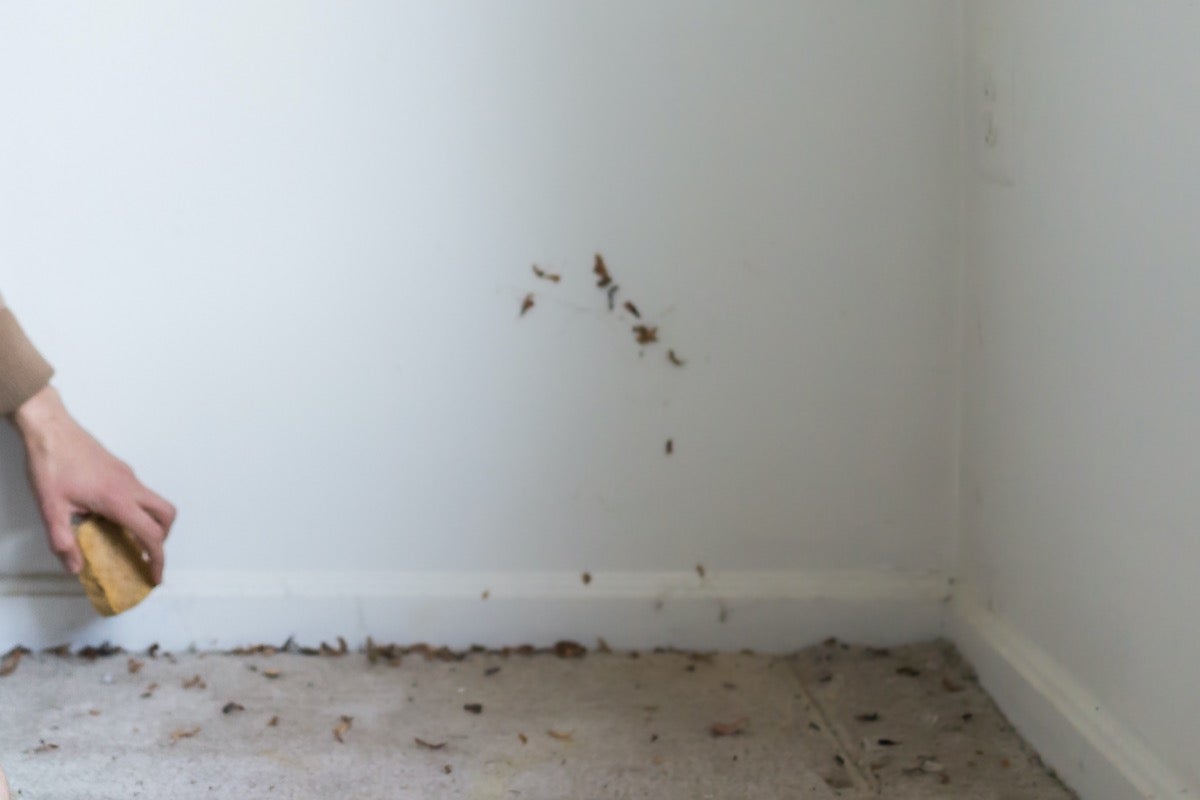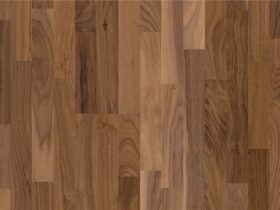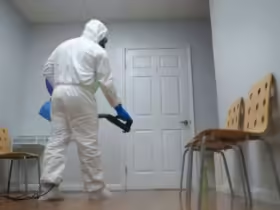If you are looking for a safe and affordable way to check mold growth, consider using a MoldOk Detection Test Kit. This kit is easy to use, allows for multiple samples, and includes expert consultation. If you are worried about mold, this kit will give you peace of mind and the information you need to know about the harmful fungi in your home.
Aspergillus
Aspergillus mold exposure has several symptoms, ranging from mild to potentially life-threatening. The main sign of exposure to aspergillus mold is a fungal infection in the air, which may take the form of a fungus, inflammation, or disease. People with compromised immune systems are at a higher risk of developing this infection. While the most apparent sign of aspergillus mold is the development of black, crusty growth on surfaces, it can also be white underneath.
If you suspect you may be exposed to Aspergillus, contact reputable mold remediation services in Fox Valley and visit a doctor immediately. Your physician will conduct a series of tests to determine the extent of your exposure. These tests include a chest x-ray, blood tests, and a skin sensitivity test. If the vulnerability is severe, your doctor may recommend hospitalization and intravenous antibiotics. Once you’ve determined the extent of your exposure, it’s time to remove it from your home.
Although Aspergillus molds are generally found in the air, they can also be present in other environments such as soil, stored grains, and decaying plants. In addition, these fungi often appear on clothing and leather, which means they’re everywhere. In some cases, it can spread throughout building materials. If you’re worried about Aspergillus mold in your home, contact a licensed indoor air quality professional to have your home checked. They will give you a free estimate and can provide you with advice on what to do.
Alternaria
If you have a mold problem in your home, you might want to know how to detect Alternaria mold. This mold is one of the 36 species screened by the Environmental Relative Moldiness Index (ERMI). The ERMI was created by the U.S. Environmental Protection Agency and the Department of Housing and Urban Development. It uses DNA-based technology to determine the relative risk of a mold. If you notice any of these symptoms in your home, you can try these methods to eliminate them from your home.
Although Alternaria mold is more common outdoors, you can find it indoors in damp areas like the shower or a bathroom with leaking pipes. You can also find it on wet carpets and paper. This type of mold doesn’t need a lot of moisture to grow, so it can grow in areas with a moderate amount of dampness. Moreover, some people are allergic to it, so it’s essential to get rid of it immediately.
Although you might not be at immediate risk of illness from exposure to a particular mold, prolonged exposure can have serious consequences. The spores of Alternaria mold spread quickly if left untreated. You should consult a doctor if you suspect Alternaria mold in your home. The good news is that it’s relatively easy to eliminate if you catch it early.
Mucormycetes
When you first discover that there is mold growing in your home, you might be surprised. This type of fungus grows on surfaces through microscopic spores and is harmful to your health. Even healthy individuals can experience respiratory issues, skin irritation, and headaches from mold exposure. However, those with respiratory conditions are more susceptible to the adverse effects of mold. Therefore, learning how to detect mold and deal with it will not only help you improve your health but could also save your life.
The first step to detecting mold remediation services in Fox Valley by experts is to check for visible signs. For example, it would help if you tried to see any discoloration on walls or in the clothing fabric. The discoloration can be caused by the volatile organic compounds that mold releases during its life cycle. You can also check for black spots or white patches on clothing if you suspect your clothes have been exposed to mold. If you suspect mold in your home, take samples of the affected areas and send them to a lab for testing.
A musty smell is another clue that there is mold present in your home. The odor of mold is often the result of significant water damage and should be taken seriously. If it persists for more than a few weeks, mold can be the cause of a variety of respiratory illnesses. Therefore, the mold must be removed immediately, or it will spread and grow in a new location. In addition to the unpleasant smell, mold can be dangerous to your health.








